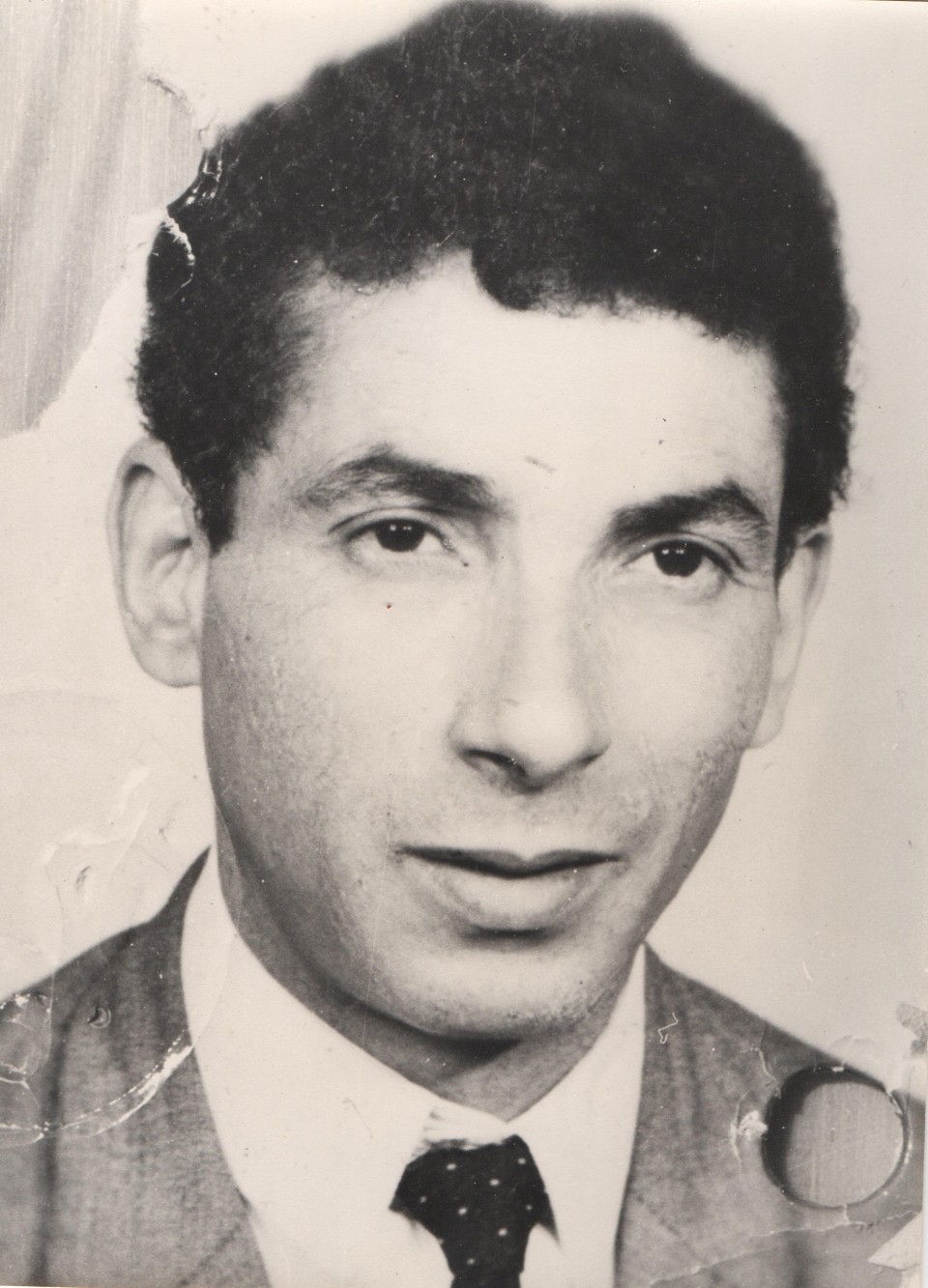While seasons pass by, we get more and more acquainted with Aïcha and Mabrouk, as Soualem captures fragments of their life. “We never spoke. We’re not gonna start now,” her Mémé Aïcha says half-jokingly and gracefully, revealing that silences will prevail at times. Both grandparents open up, however, as Soualem continues her creative act. The grandparents are never under scrutiny. Even when the filmmaker asks uncomfortable questions, she respects their boundaries. There’s even a radical tenderness in the way the camera lingers on their faces, revealing their wrinkles and the depth of their gazes. We are privy to their lives—we are engaged in their stories, witnessing the conflicted emotions they feel—yet we don’t have access to all their inner thoughts. Many things will be left unsaid. Away from a voyeuristic inquiry, Soualem’s camera gives way for the narrative to invest the liminal space of Algerian exile, where silences hide the unresolved trauma. The grief of loss, erasure, and dispossession also persist, even more so when living in a country in denial of its colonial past and present.4
Soualem takes over her father’s videos and unanswered questions, interlacing her cinematic gaze and subjectivity with her father’s by reinterpreting his home videos. The film ends with the final voiceover exchange between the father and daughter duo, where Zinedine asks what she was thinking about when she reached their village of Laaouamer. “I thought about us,” she says, to which he replies playfully, “The password is Soualem.” Although centered on her grandparents first and foremost, this first-person movie is about the broader Soualem family unit. Still, their story manages to have a universal reach.
To discuss Their Algeria is also to discuss the positionality of the filmmaker and understand how Soualem constructs her own artistic and political subjectivity. She performs and embodies a new mode of representation that defies any notion of fixed identity while creating a new mode of intersubjectivity and viewership. There’s a very smart play throughout the film of blurring the traditional boundaries of a first-person account: she creates the possibility of an alternative viewing experience, challenging the viewer, alternatively adopting the point of view of one generation or the other, making more tangible an experience that is usually an elusive one. She plays with the narrative boundaries of distance and proximity. With this film, the three generations of Soualems are foreclosing new ways to understand the past, inform the present, and construct the future. Through deeply personal accounts of sorrow, they extend the possibility of universality, as the viewer is not engaged in a passive experience: the author’s self-reflection acts as a mirror, inviting us to engage in self-reflexivity.
The filmmaker’s intent was never to provide all the answers to the existential questions about identity and belonging, her own as well as the viewers’. Rather, the film acts as one piece of a much larger puzzle, mirroring Soualem’s journey through cinema, which is at once familial, creative, and political. Her process is steeped in a belief that collaborative work has the potential to be disruptive and can be read as an urge to contribute to tilting the power imbalance in terms of access to resources as well as which narratives get to be reflected on-screen.
Looking back, it seems apt that I first met Lina a few weeks after seeing her on-screen in At My Age I Still Hide to Smoke (2016), an ensemble film by Algerian playwright Rayhana. Lina’s mother, the Palestinian actress Hiam Abbass, plays the main character in this choral feminist huis-clos movie set in Algeria’s Black Decade. Back then, she had been filming her grandparents for a few months, and we were both volunteers in a Palestinian Film Festival in Paris. She was also working on two festivals that she cofounded, Palest’In&Out (Paris) and Haifa Independent Film Festival. In Their Algeria, her father, Zinedine, uses the term فلحة, or felha (resourceful), which perfectly describes her. In turn, I would describe Soualem as a talented storyteller and cultural organizer who keeps questioning the systems and structures in place while building communities and expending the resources, shedding the light on exceptional people and their stories.
I have had the pleasure to witness her grow as an artist while getting a clear sense of the breadth of her hybrid storytelling practice in the making. She is developing a promising polyphonic body of work deeply rooted in the exploration of the self (in all its multiplicities). It comes as a no-brainer that she doesn’t need validation to go back and forth between her Algerian and Palestinian heritage, as well as her French upbringing, from one project to another. She is free to explore all parts of what constitutes her entire experience. In her essay “A Map of Parallel Worlds between Algeria and Palestine,”5 she writes about a rare skin condition, erythrokeratodermia variabilis, linked to unique migration patterns between her two countries of origin. She insists, “My story is only one story among the multiple intimate stories that compose our collective history.” She tells me that “some identities need to be lived through struggle,” and “storytelling is directly linked to our survival; we are no longer waiting for others to recognize our humanity in all its pain and beauty.” She adds that not having to prove our humanity becomes the prerequisite to how we center and frame our narratives. Having to code-switch while navigating social spaces where her backgrounds would not be perceived as positive, Soualem feels that growing up in France somehow robbed her of a sense of wholeness. It wasn’t until she moved to Argentina (to work for a Human Rights Film Festival) that her multicultural background was really valued for the first time.




